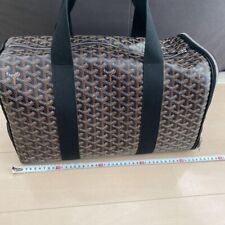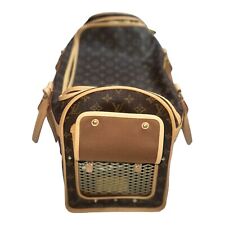Ear Wax Build Up In Dogs

My dog has a lot of wax in his right ear and always shaking his head, is that a sign of an ear infection, and what can I do at home to relieve him?

You did not mention some other important factors in the diagnosis, such as the color and frequency of any discharge if any, how often the ears are cleaned, how often your dog is in the water and more. This makes it difficult to put forward ideas as to what is causing this specific case.
Ear problems are one of the most common ailments dogs are taken to vets for, and can be caused by infection, trauma, parasites and various other reasons. The first sign of a problem is usually excessive wax production or discharge. Keep in mind that in many dogs a little discharge is normal: compare the ears to see if one is producing significantly more that the other. Head shaking and scratching if usually the next sign of a problem, and this is when yeast or bacteria has started to feast on the excess wax. Dogs with floppy, hairy ears and dogs that swim may be predisposed to developing ear infections and ear discharge.
Diagnosis by your vet will usually include an x-ray of the middle ear and a culture of the bacteria found in the discharge to determine the best treatment. At this stage you should take your dog to your vet for a thorough examination and a course of treatment.
Once this particular infection is dealt with, take steps to prevent recurrence. If your dog is a floppy eared dog who is always playing in water either reduce his water time or make certain you clean and dry his ears after every occasion. To clean your dog’s ear, take a moist cotton ball and gently rub away visible dirt from the ear lobe. Using a moist Q-Tip, next clean between the protruding cartilage of the ear, being careful not to probe the ear canal. Never put the Q-Tip in so far that you cannot see the tip of it. Alternatively, you can buy a proprietary ear cleaning solution such as Gimborn R-7 Ear Cleaner which you fill the ear with to aid in debris removal.
After this cleansing, it is recommended that you towel dry the ear and apply an ear-drying powder (acts in a similar way to talcum powder) to prevent microorganisms from growing in the affected area. These products also aid in the prevention of odor. Integrate this as part of your normal grooming routine to prevent recurring problems.

BRAND NEW NWT Gucci Pet carrier
$3650.00
Airline Approved Small Pet Carrier/Expandable/Foldable/Breathable/Washable Pad
$3395.00
Goyard Voltigeur MM Dog Carrier Pet Carrier Dog Carry Pet Carry W/Dust Bag G5
$2599.40
Authentic monogram LOUIS VUITTON Dog Cat pet Carrier tote
$2500.00
Louis Vuitton Sac Chien 50 Pet Carrier 6LV1025K
$2399.40
LOUIS VUITTON Sac Chien 40 Dog Carrier Bag Pet Carry Bag Monogram M42024 TH4049
$2029.60
GOYARD Voltiguer Pet Carrier - Black *FREE SHIP*
$2100.00
Authentic Louis Vuitton Dog Carrier Vi1005
$2100.00
Hermes Sac Chien Orange Dog Carrier Pet Carrier Dog Carry Pet Carry Dust Bag I6
$2047.20
Louis Vuitton Monogram Sac Chien Pet Carrier Bag
$2000.00









